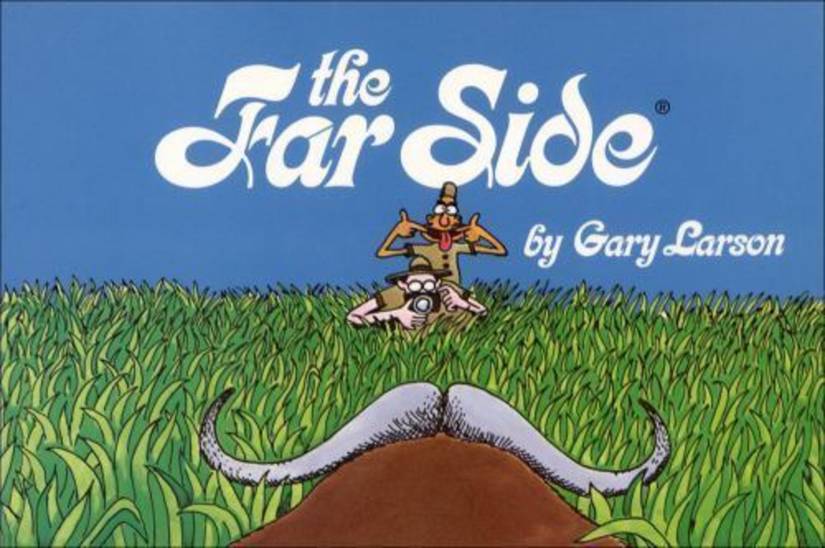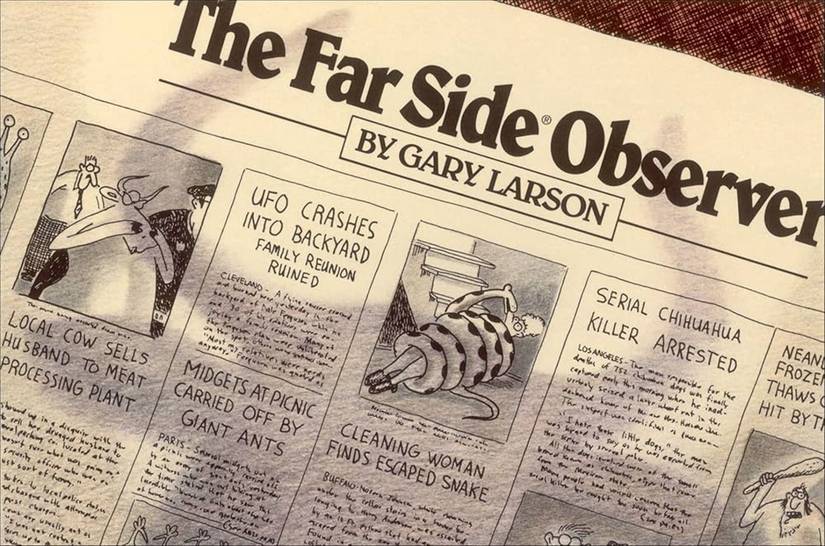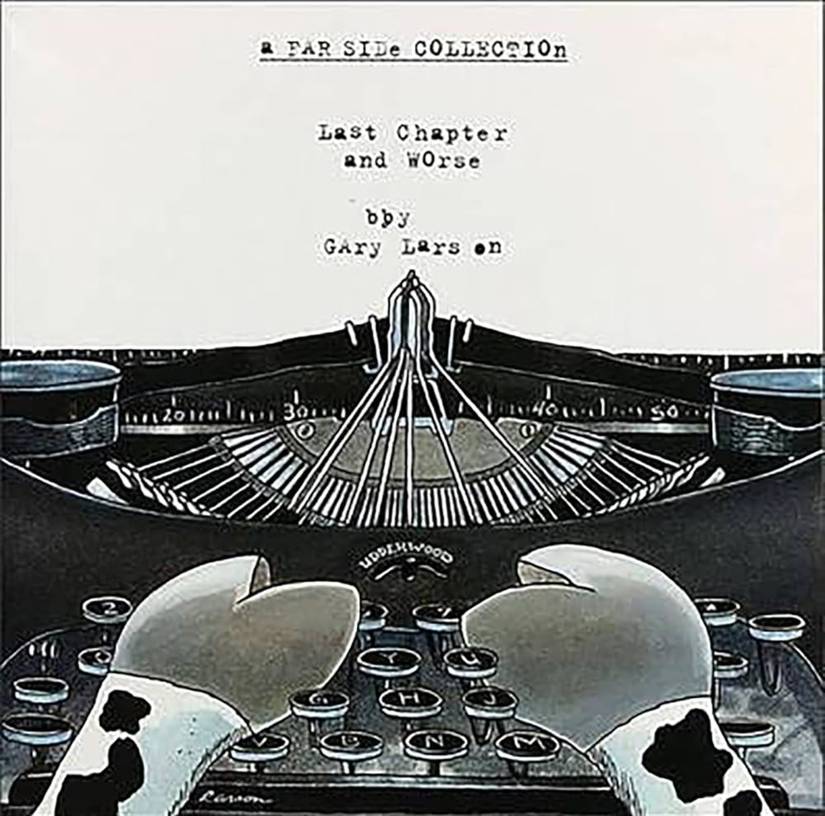There were nearly two dozen Far Side collections published during the cartoon’s run, and they deserve way more credit for making Gary Larson’s comic full of absurd dark humor a success in the 1980s and 1990s, and a pop culture juggernaut to this day. Without these collected editions, The Far Side might have remained a niche phenomenon.
The Far Side debuted at the start of 1980. By 1985, it was a nationwide success, having made the jump from a handful of regional newspapers to national syndication.
Starting in 1982, Larson and his publisher began to put out curated collections of the best Far Side cartoons, and these proved absolutely pivotal to the trajectory of the comic.
The Far Side’s Prolific Run Of Collected Editions Was A Key Part Of Making It A Massive Hit
The First Collection, The Far Side, Was Released In 1982
By its nature, The Far Side was the definition of ephemeral media. More conventional comic strips, like Peanuts and Garfield, would run multi-day, or even week-long “story arcs,” which were easy to follow even if readers missed a day. Larson’s cartoons were one-shots, meaning if a reader in 1980 missed one, the chances were slim that they might ever see it, unless it was reprinted by the paper in the future.
Sure, papers often re-ran Far Side cartoons, because they were published daily, it would have been hard, for most readers, to keep track of what was new and what wasn’t. That is, until 1982, when the first Far Side collection was released, aggregating the best of Gary Larson’s work up to that point.
Subsequently, new Far Side books came out yearly through the remainder of Larson’s career; in 1985 and 1987, arguably the apex of The Far Side’s run, there were actually two volumes of collected comics published. These books proved to be wildly popular, with most of them winding up on the bestsellers list.
This is what makes their influence on The Far Side’s place in popular culture significant, and worth unpacking in more detail. Larson’s body of work is best known as a daily syndicated comic strip, and for the later Complete Far Side collection, but it was the books released in the ‘80s and ‘90s that truly shaped the artist’s legacy.
Far Side Books Changed The Game When It Came To Readers Engaging With Gary Larson’s Work
Stand-Out Examples Include: 1984’s In Search Of The Far Side And 1990’s Weiner Dog Art
There are several critical ways The Far Side’s collected editions contributed to the breakout success of the comic. First and foremost, it offered a new way for people to discover The Far Side. To keep up with the cartoon in its original run, people had to read the newspaper, at least the funny pages.
By contrast, the collections allowed people to find Gary Larson’s work in book stores, and ultimately, on other people’s shelves. In fact, this is how the majority of Far Side fans today were first exposed to it: because their parents, or relatives, or someone they knew had a Far Side book on their shelf, coffee table, etc.
Indeed, a cursory look online will show that while there are certainly readers with fond memories of reading The Far Side in the newspaper every morning, there is a much greater degree of nostalgia for books like It Came From The Far Side (1986), Night of the Crash-Test Dummies (1988) and Cows of Our Planet (1992) to name just a few.
Yet this essential factor in The Far Side’s success often goes unheralded when people try to unpack how, exactly, such a highly unusual comic sunk its claws into America’s pop culture consciousness, and for many, never let go. The same way the internet is vital to making new Far Side fans today, collections once played the same key role.
The Modern Understanding Of The Far Side Was Shaped By Its Collected Editions In The ’80s And ’90s
The Bestsellers That Really Defined Gary Larson’s Legacy
An appropriate contemporary analogue to the appeal of Far Side collections in the ‘80s and ‘90s is the concept of binge-watching TV shows today, as opposed to following their release episodically. Far Side books allowed readers to enjoy a concentrated dosage of Gary Larson’s humor, as opposed to the slow drip of daily publication.
Moreover, Far Side collections allowed people to re-visit their favorite cartoons, without having to clip them out of the newspaper and paste them into an album, or shove them in a drawer. It allowed people to develop favorite Far Side cartoons. So, not only did it lead to more new fans, it also helped make Gary Larson’s fanbase that much more rabid.
Of course, the media attention these collections generated for The Far Side should also not go unacknowledged. When Gary Larson became a dominant force on the bestseller list, people were forced to take notice. In turn, The Far Side’s reputation was codified, and perpetuated, even after Larson retired from cartooning at the beginning of 1995.
The history of The Far Side is a fascinating subject for many people, and the yearly release of collected editions ought to be given more credit for its contribution to Larson’s enduring legacy as a creator. It might not be obvious in retrospect, but a closer look reveals how much the release of these collections impacted The Far Side.

- Writer
-
Gary Larson
- Colorist
-
Gary Larson





